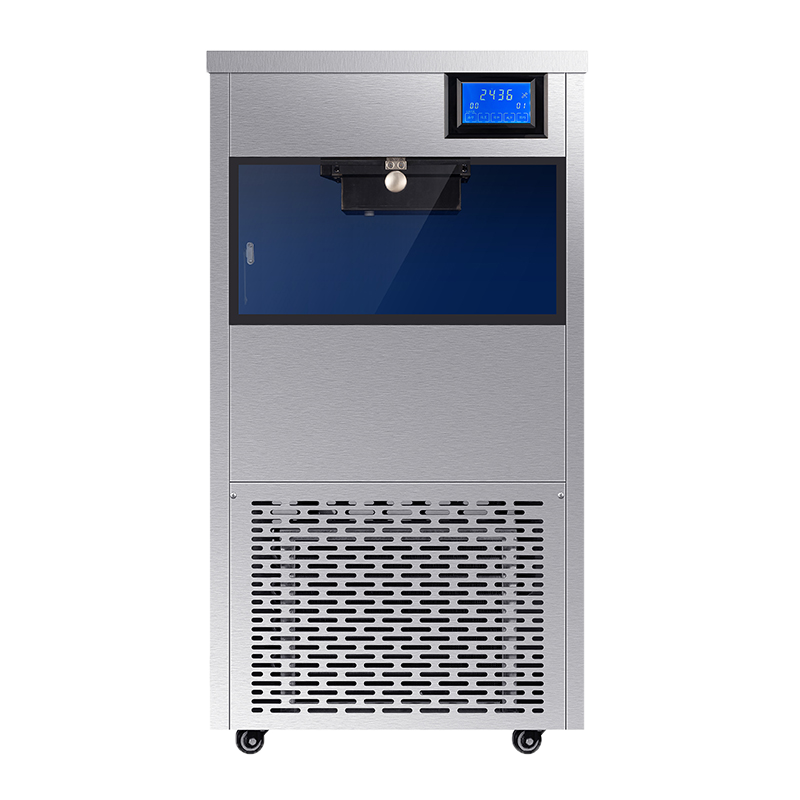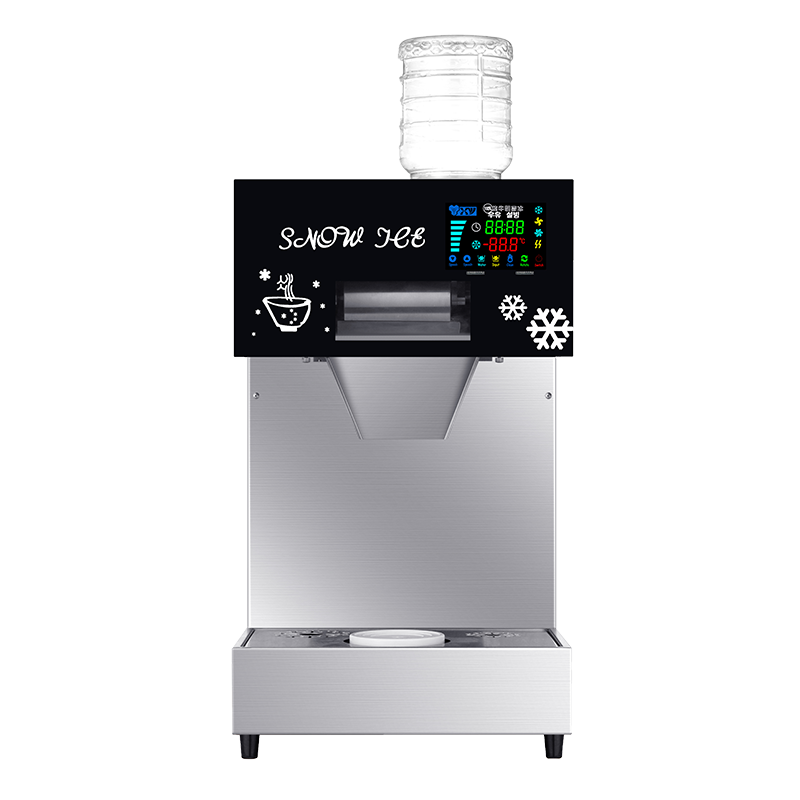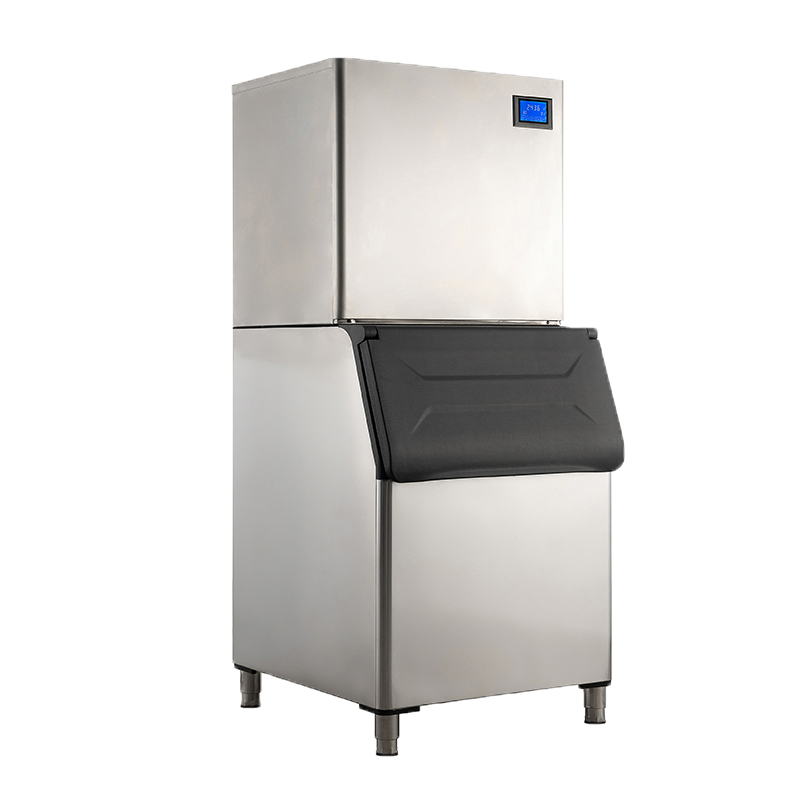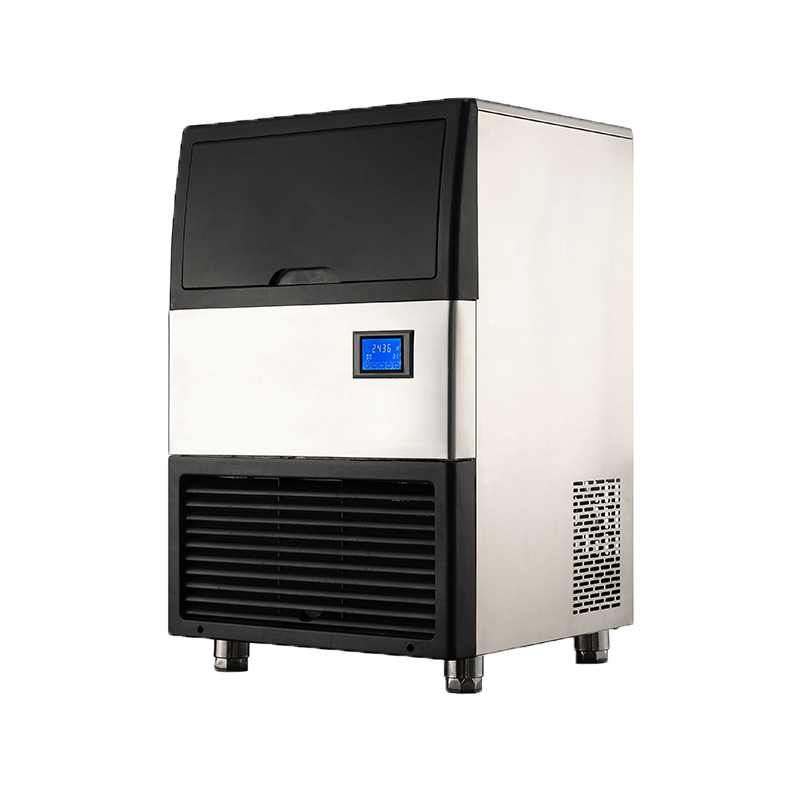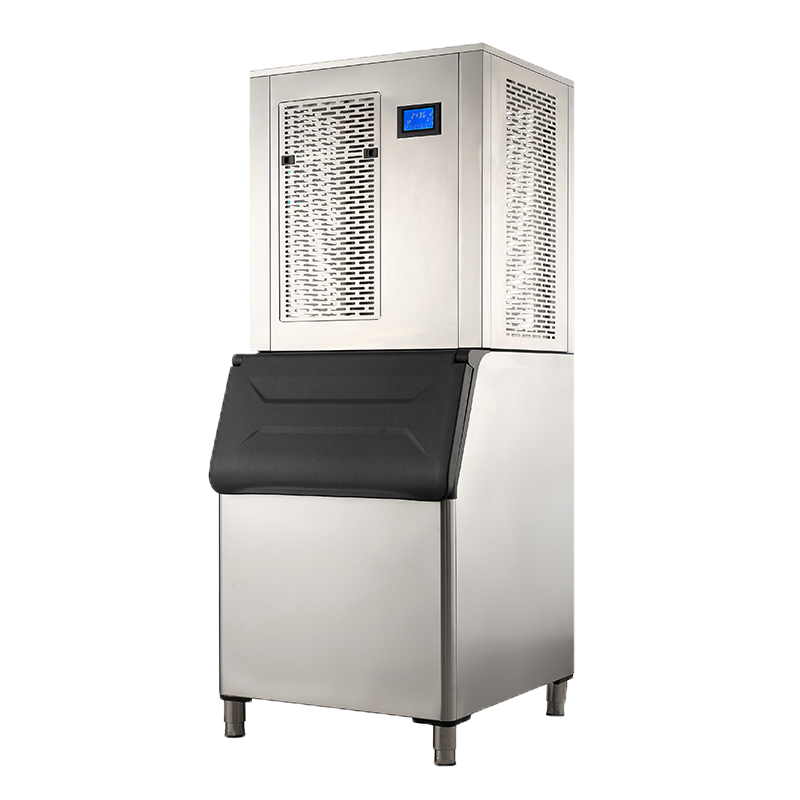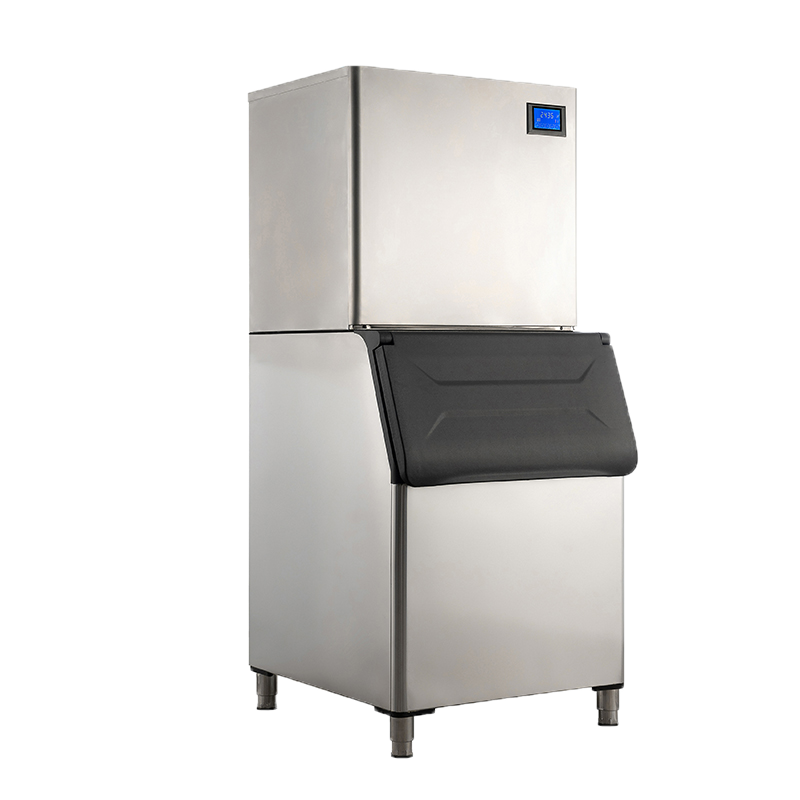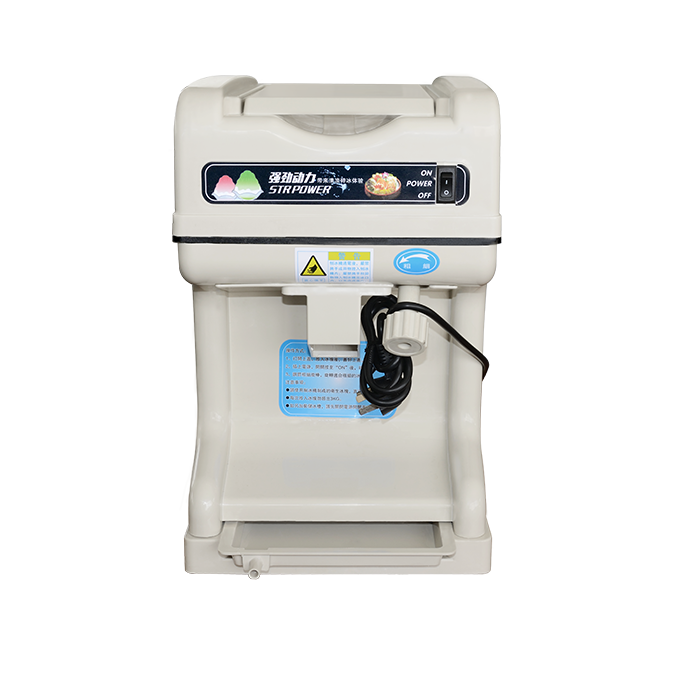Refrigeration systems in ice maker machines are essential for producing ice in various commercial and domestic settings. This article provides insights into the working principles of these systems, shedding light on the key components and processes involved in efficient ice production.

Key Components and Working Principles
The refrigeration system in an ice machine comprises crucial components including a compressor, condenser, expansion valve, and evaporator. These components operate based on the principles of phase change and heat transfer to efficiently convert water into ice through controlled cooling processes.
Compressor:
The process begins with the compressor, which plays a central role in the refrigeration cycle. By pressurizing the refrigerant gas, the compressor raises its temperature, converting it into a high-pressure, high-temperature state.
Condenser:
The high-pressure, high-temperature refrigerant gas then flows into the condenser, where it undergoes a process of heat exchange with ambient air or water. This causes the gas to condense into a high-pressure liquid, releasing heat in the process.

Expansion Valve:
The high-pressure liquid refrigerant passes through the expansion valve, where its pressure is rapidly reduced, leading to a drop in temperature. This results in the formation of a mixture of liquid and vapor with lower pressure.
Evaporator:
Refrigeration systems in ice machines are essential for producing ice in various commercial and domestic settings. T
The low-pressure liquid-vapor mixture enters the evaporator, which is in direct contact with the water that will be turned into ice. As the refrigerant absorbs heat from the water, it evaporates, drawing thermal energy from the water and causing it to freeze.
In conclusion, the refrigeration system in an ice machine operates through carefully orchestrated processes involving the compression, condensation, expansion, and evaporation of refrigerant to achieve controlled cooling and ice formation. Understanding these fundamental principles and components provides insights into the intricate workings of these essential systems, enabling us to appreciate the technology behind the ice used in various settings.
By comprehending the functioning of refrigeration systems in ice machines, we gain a better understanding of their significance in meeting ice production needs across diverse industries and everyday applications.


